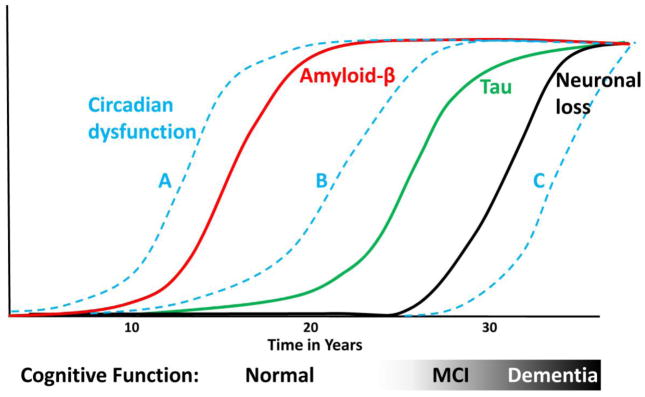Figure 1. Circadian dysfunction in the timecourse of AD pathogenesis.
Theoretical curves showing the timecourse of amyloid plaque deposition (red line), tau aggregation (green line), and neuronal loss (black line) in relation to cognitive function in AD, modified from previous studies[72, 76, 77]. Blue dotted lines show possible positions for circadian dysfunction. Line A suggests a causal role, while B suggests that presymptomatic AD pathology leads to circadian disruption (which could then contribute to early disease). Line C suggests that circadian dysfunction is a late consequence of dementia.

